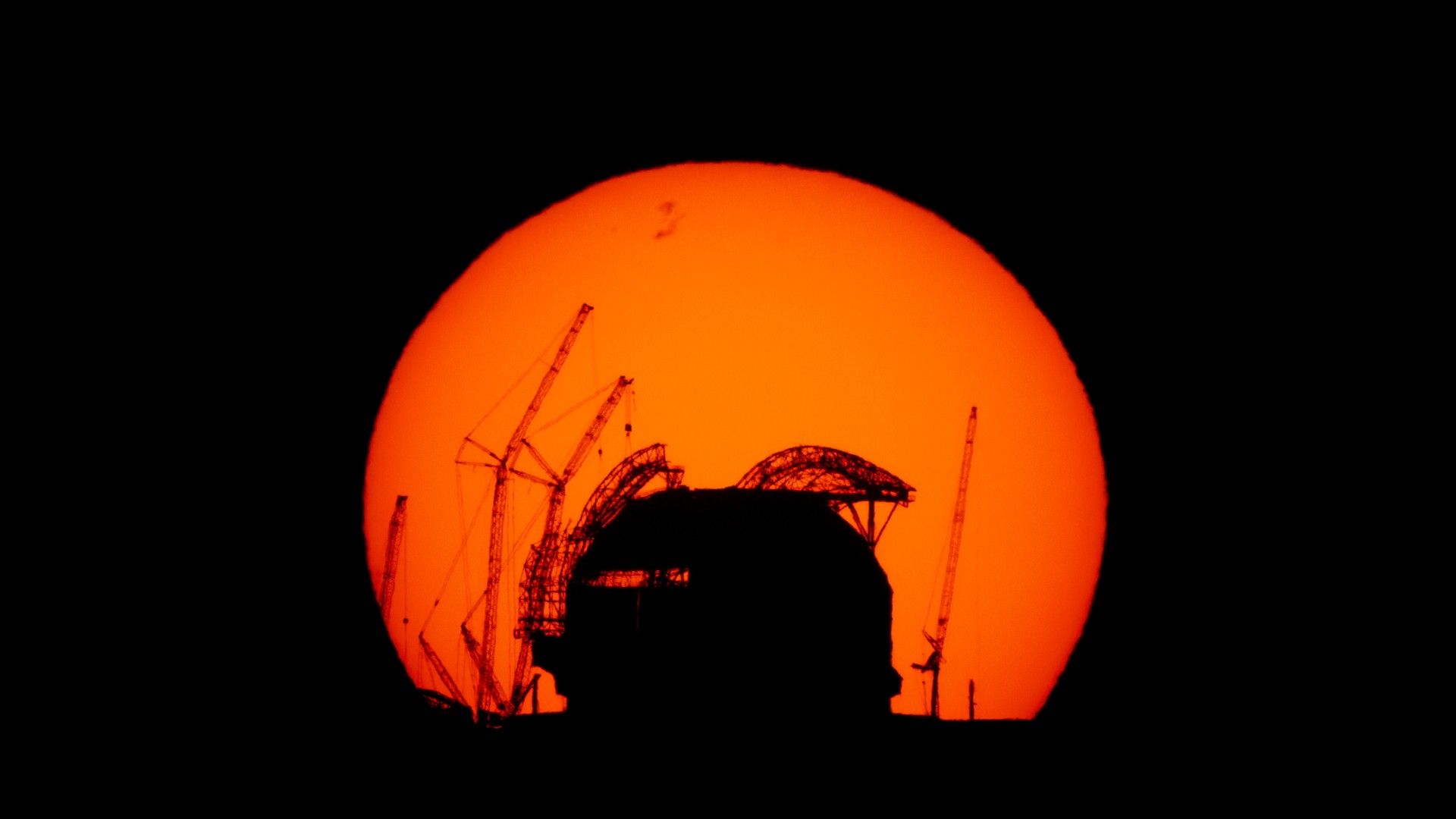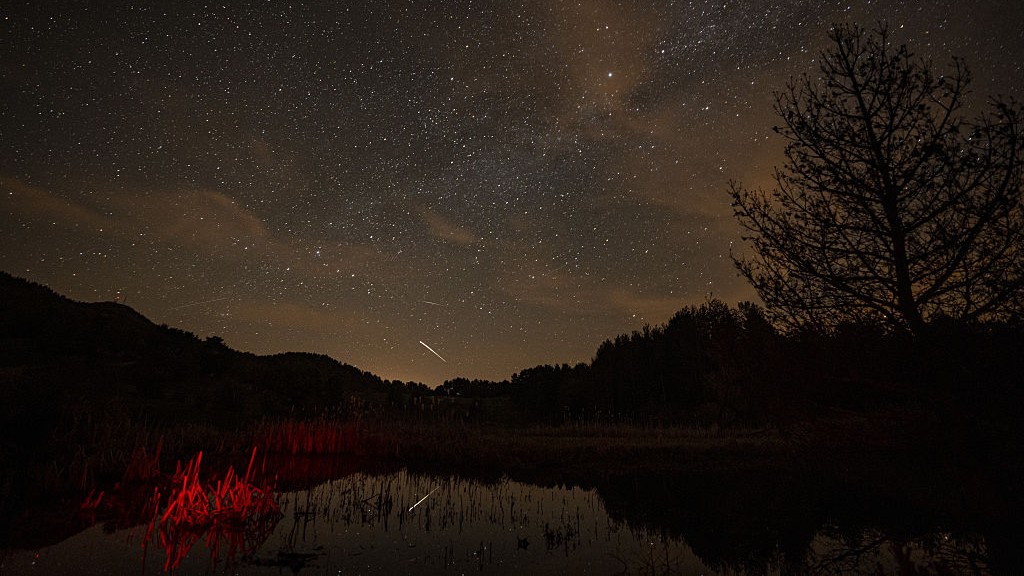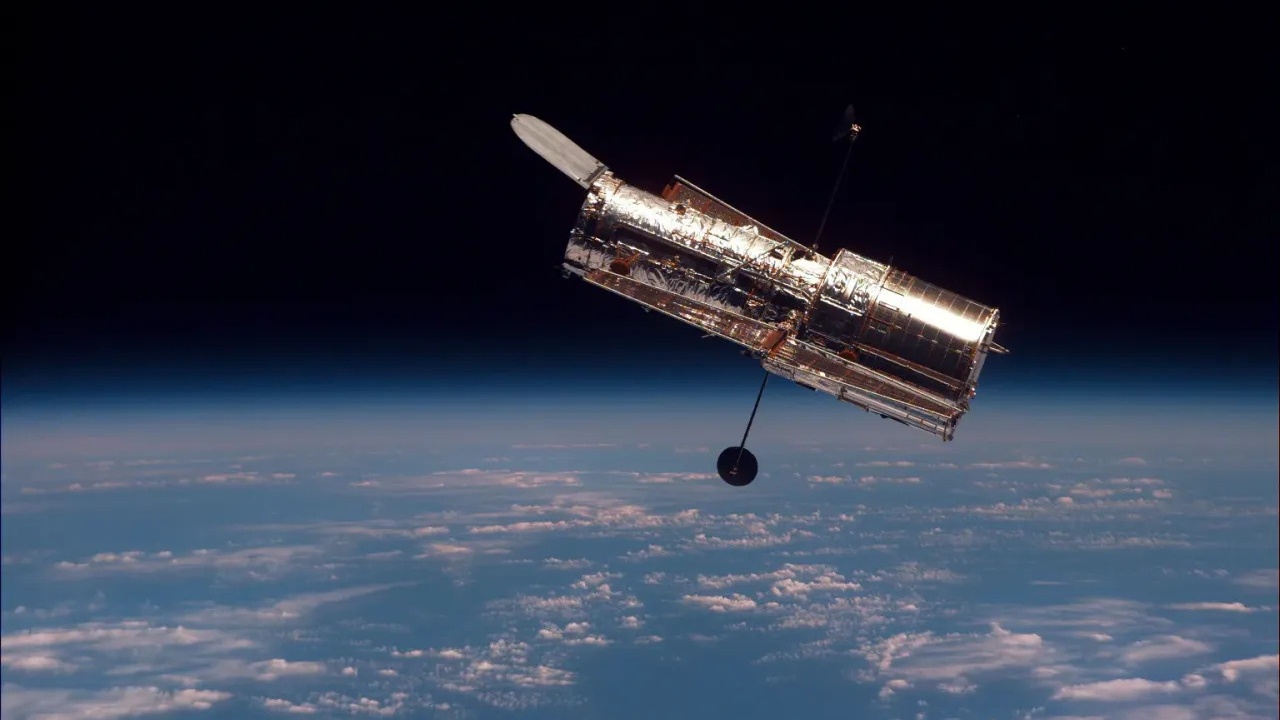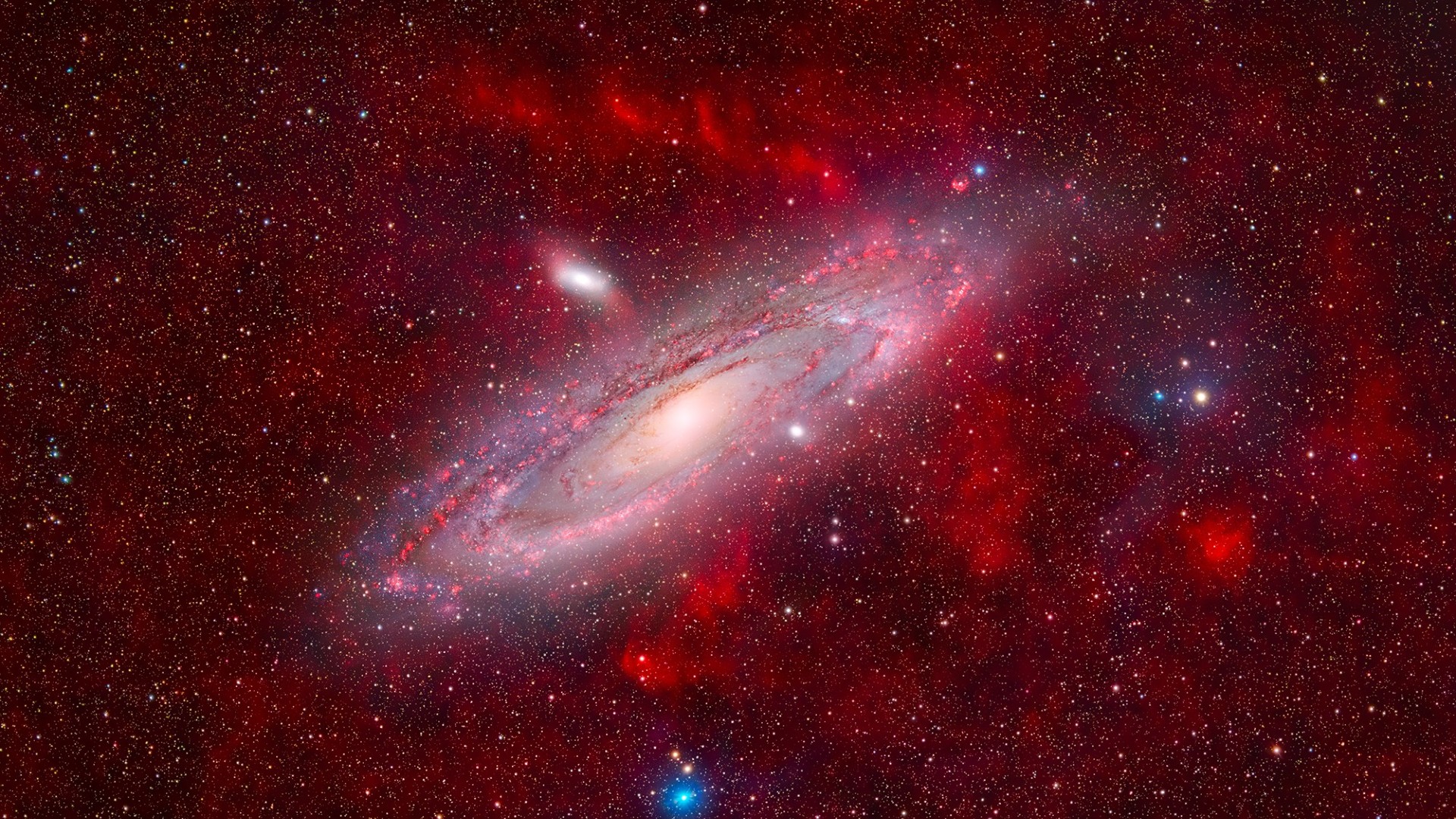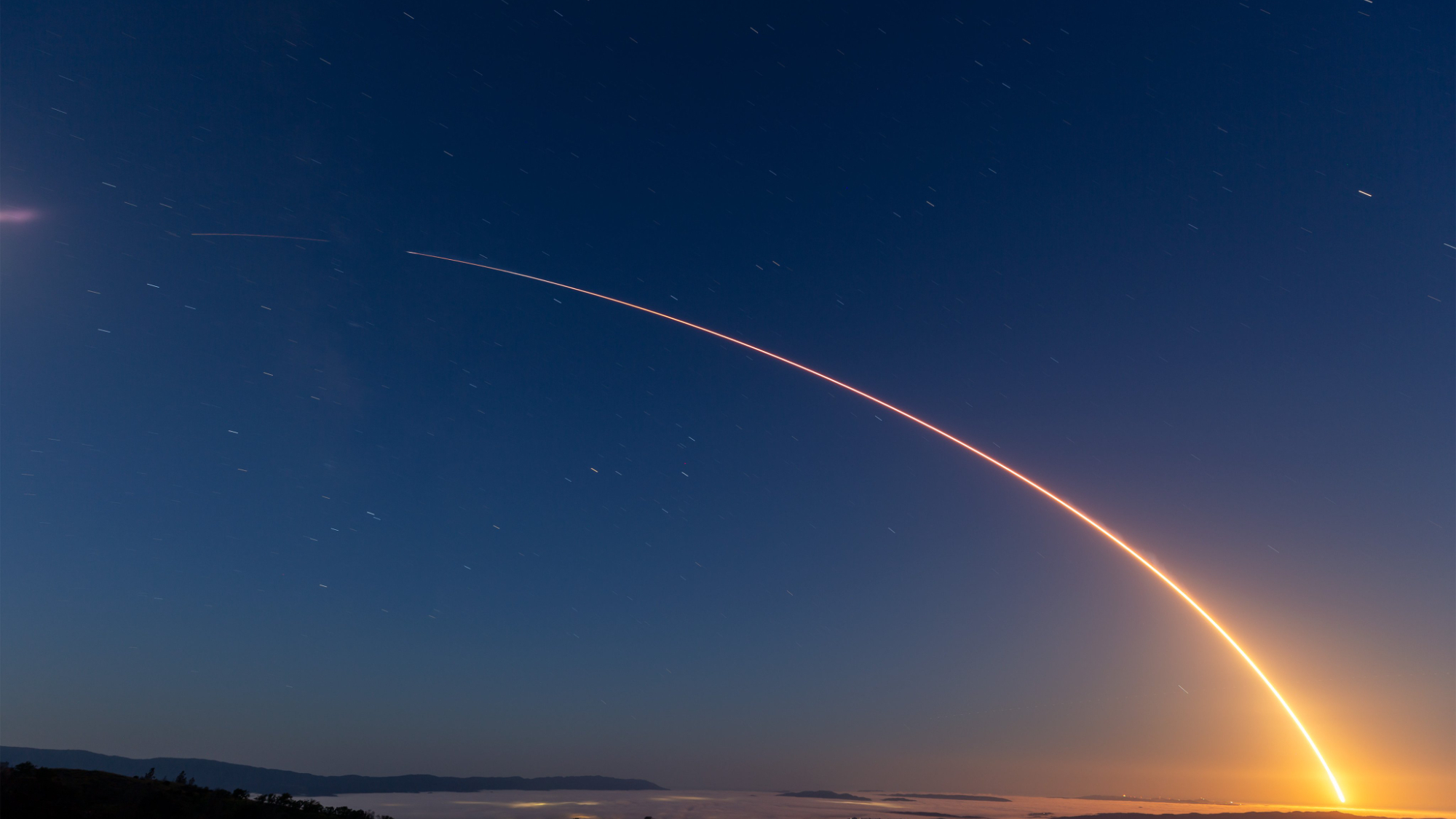
SpaceX continues to keep up its torrid launch pace.
Elon Musk's company sent three of its Falcon 9 rockets to orbit from three different pads over the course of a day and a half.
The action began on Sunday (April 20), when a Falcon 9 launched the NROL-145 mission for the U.S. National Reconnaissance Office (NRO) from California's Vandenberg Space Force Base. It was the 10th flight in service of the NRO's new "proliferated architecture" of spy satellites.
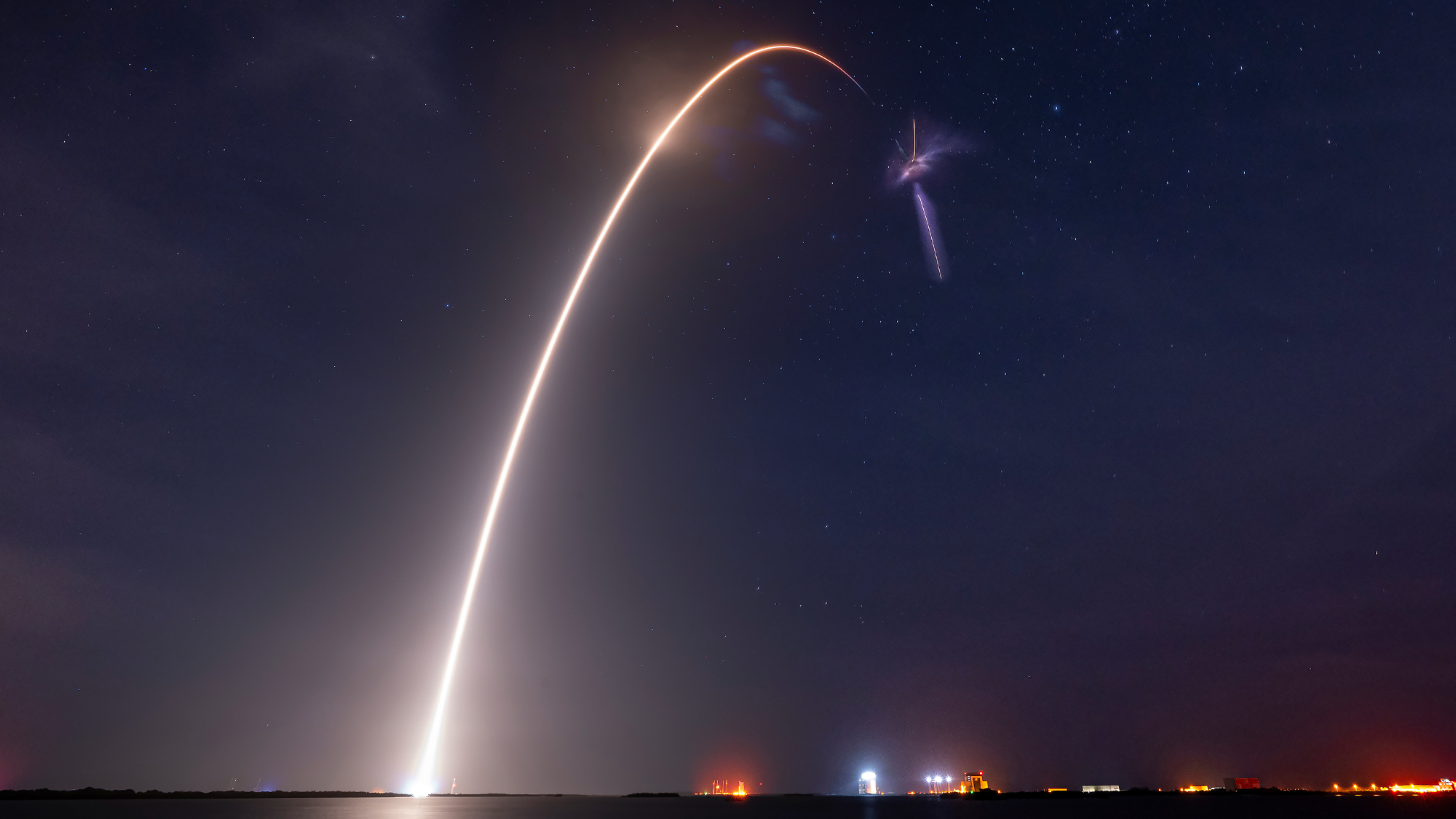
Next up was SpaceX's 32nd cargo mission to the International Space Station for NASA, which launched from the agency's Kennedy Space Center (KSC) in Florida early Monday morning (April 21).
Then, on Monday night, another Falcon 9 lifted off from Cape Canaveral Space Force Station, which is next door to KSC.
That launch kicked off Bandwagon-3, a rideshare mission that lofted a spy craft for the South Korean government, a private European reentry capsule and a satellite for the weather-forecasting outfit Tomorrow Companies Inc.
SpaceX highlighted the spaceflight tripleheader in a Tuesday (April 22) post on X, the social media site that Musk owns, noting that the three launches occurred in a span of about 36 hours.
Get the Space.com Newsletter
Breaking space news, the latest updates on rocket launches, skywatching events and more!
Related: SpaceX: Facts about Elon Musk's private spaceflight company
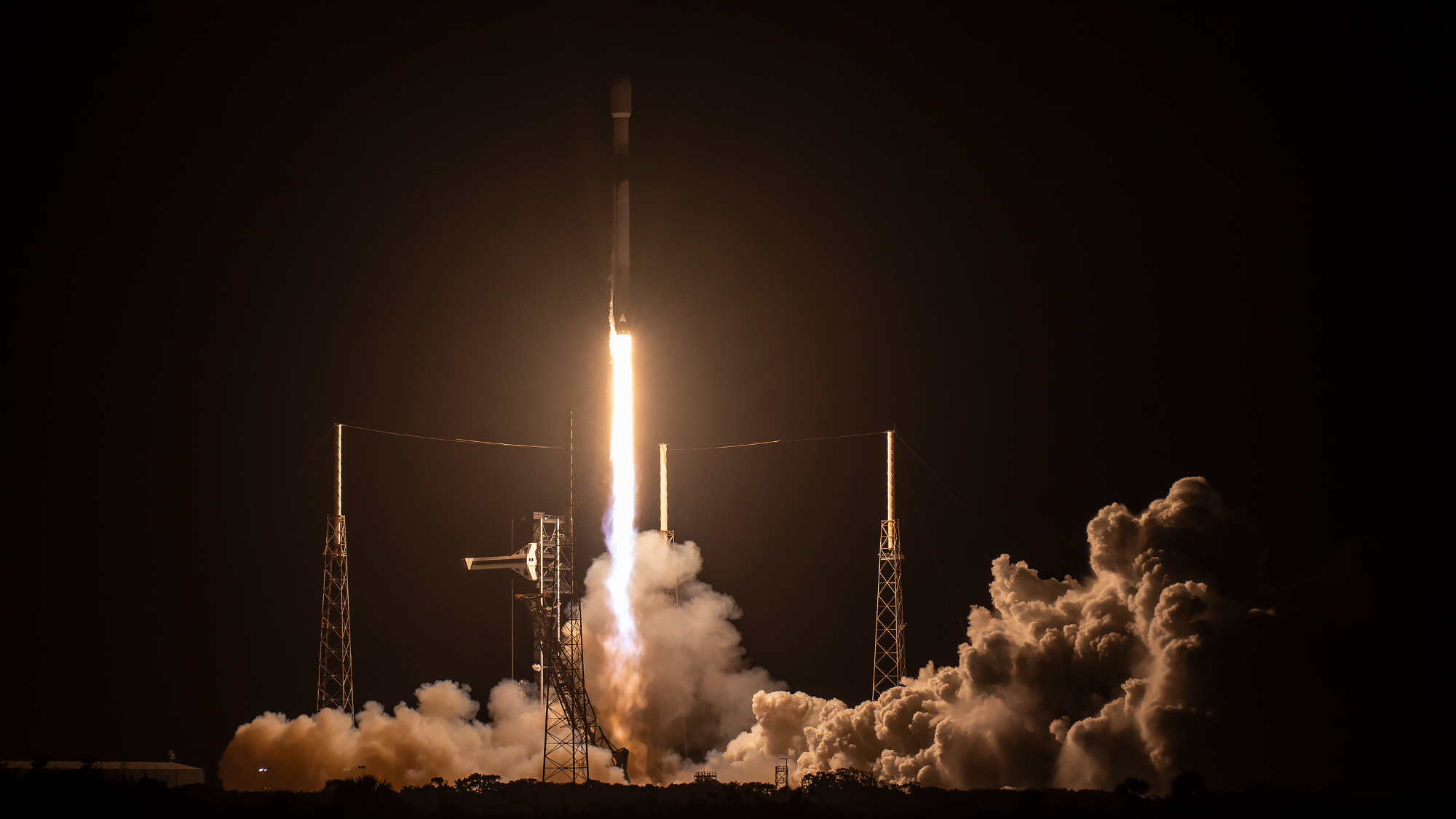
Impressive as that number is, it's far from a record; last month, SpaceX launched three Falcon 9 missions during a 13-hour stretch.
SpaceX has now launched 46 Falcon 9 flights in 2025. It has also conducted two test missions of its Starship megarocket, which the company is developing to help humanity settle the moon and Mars, as well as assist with other tasks.
Join our Space Forums to keep talking space on the latest missions, night sky and more! And if you have a news tip, correction or comment, let us know at: community@space.com.

Michael Wall is a Senior Space Writer with Space.com and joined the team in 2010. He primarily covers exoplanets, spaceflight and military space, but has been known to dabble in the space art beat. His book about the search for alien life, "Out There," was published on Nov. 13, 2018. Before becoming a science writer, Michael worked as a herpetologist and wildlife biologist. He has a Ph.D. in evolutionary biology from the University of Sydney, Australia, a bachelor's degree from the University of Arizona, and a graduate certificate in science writing from the University of California, Santa Cruz. To find out what his latest project is, you can follow Michael on Twitter.
You must confirm your public display name before commenting
Please logout and then login again, you will then be prompted to enter your display name.





